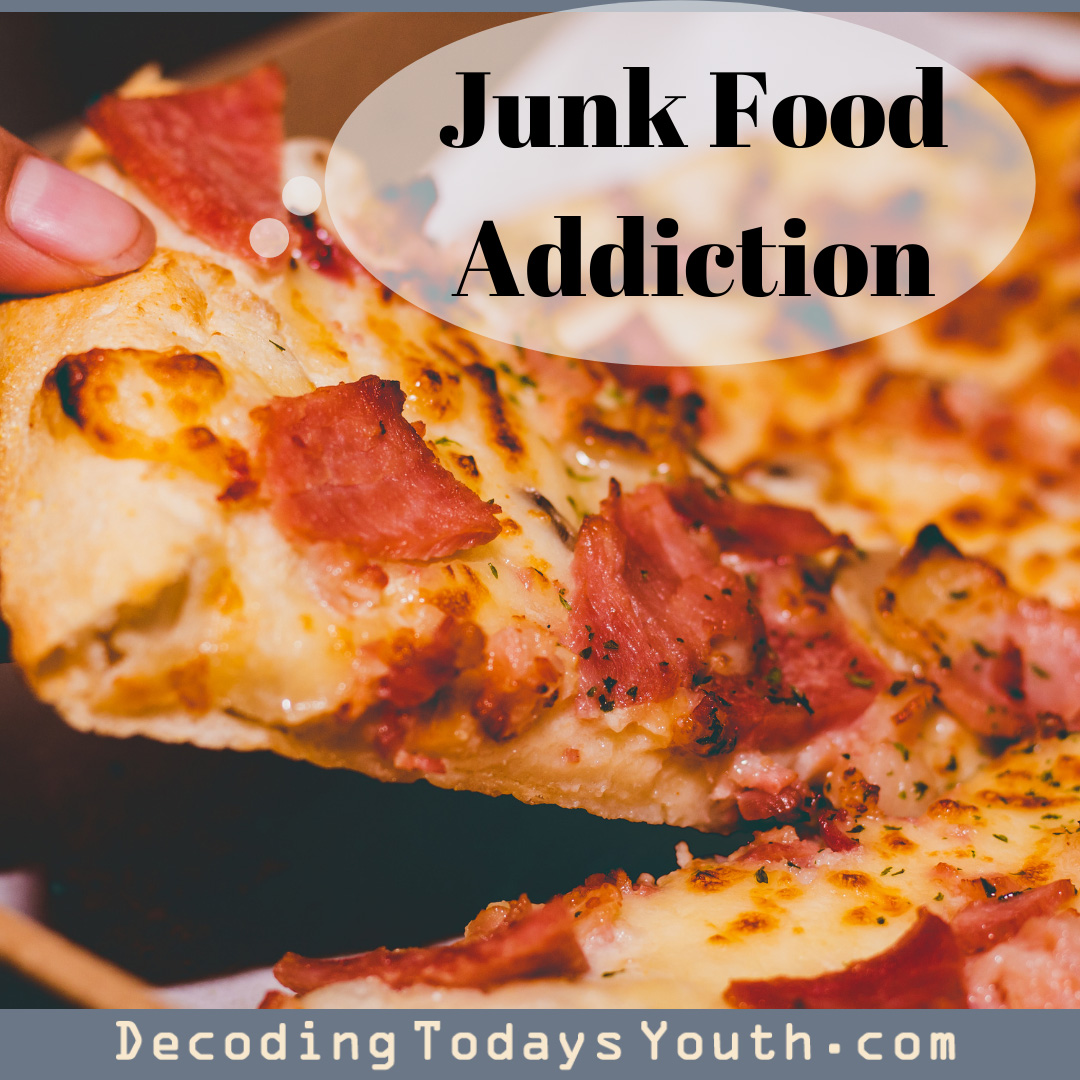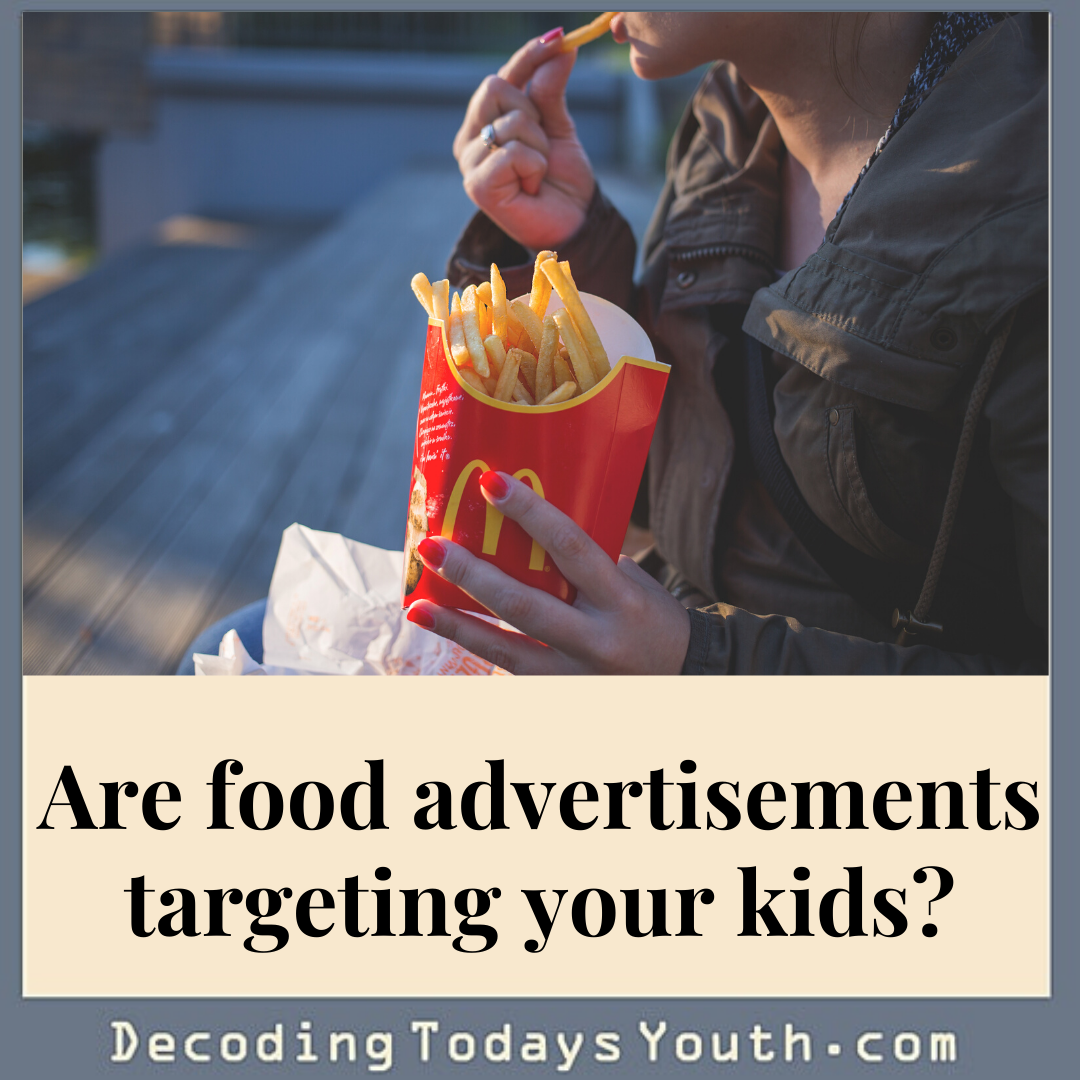
Have you ever sat down to watch TV with a bag of chips and suddenly half of the family-sized bag is gone before your show has even started? This has happened to me and it probably happens to teens and adults every day. The only difference is that children and teens are still growing, and their bodies require more nutrients to continue that growth.
So, you may be asking, why is overeating such a bad thing in teens considering they need to eat more than the average adult? Well, it all depends on what they are eating. Eating two rows of Oreos from a pack may sound amazing but it holds little-to-no nutritional value.
The bottom line is junk food is calorie dense but nutritionally poor. When you add increased calorie consumption to a developing body it can negatively affect how the body develops, causing obesity, diabetes, nutrition deficiencies, eating disorders, and even depression.
In your teenage years, the habits you develop carry over into adulthood, which is why it is so important to practice good eating habits not only in childhood but your teen years as well. Often teenagers get in the habit of eating junk food. When they go off to college or leave home, it becomes even easier to eat cheap and ready-made junk food daily. Without mom or dad to cook your homemade healthy meals, young adults tend to go for the simpler and more delicious option.
The best thing you can do is teach your kid what to eat and how. How much is too much? Junk food does not have to be cut out entirely. Instead it can be a treat. Tell them they can eat anything, just in moderation.
One great way to teach your child is to teach them to cook too. Maybe try making a healthy meal once a week with your child. That develops their healthy habits. And later in life, they won’t be completely lost when mom and dad are not around to cook for them.
Another method is to teach your child how to meal prep. Try meal prepping Sunday for the week to come. Cut fresh fruits and vegetables for lunches or cook chicken and prepare it in salads or rice. This is an easy way to have a healthy grab-and-go food for busy teens. No need to go through McDonalds drive though when you have pre-made healthy food options sitting in your fridge at home.
It’s not always about what your teen is eating. Sometimes it’s just about “how much”. Do your nutritional research and help your child develop life-long healthy habits so they can be a healthy adult outside of your home.
For more information:
https://www.niddk.nih.gov/health-information/weight-management/take-charge-health-guide-teenagers
https://www.heart.org/en/healthy-living/go-red-get-fit/unhealthy-foods



